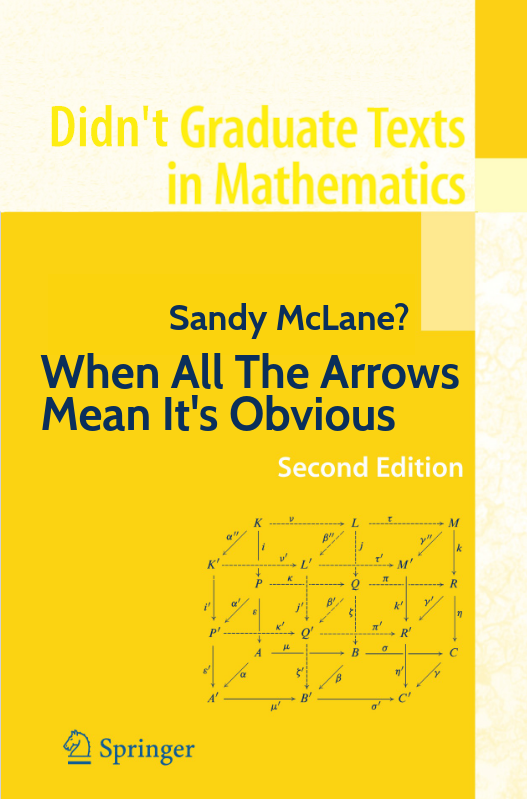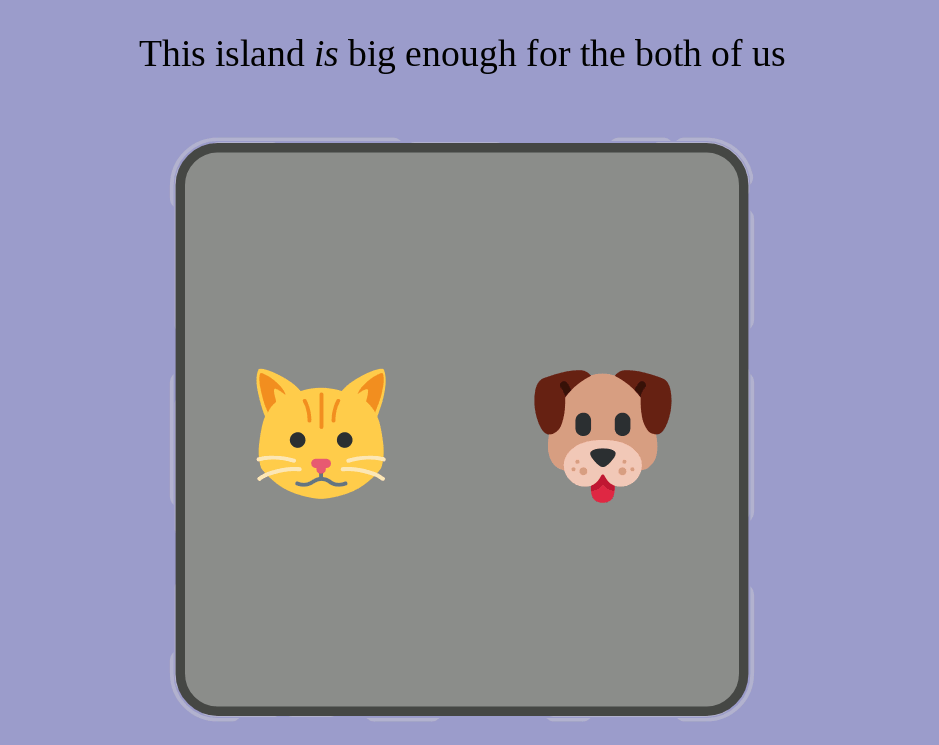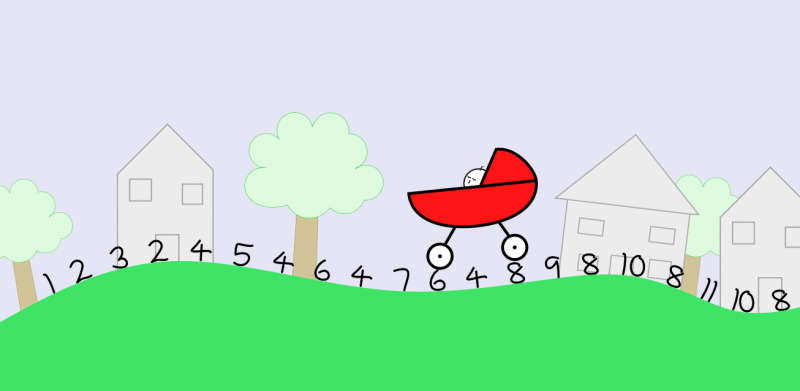I’m now the owner of WhyStartAt.xyz, thanks to my past self’s successful campaign of Twitter peer pressure against my more recent self.
My aim is to collect examples of conventions in mathematical notation that lead to ambiguities, inconsistencies, or just make you feel yucky. This is largely a result of me wishing I had something to point to whenever I see $\sin^2$ or one of those viral “puzzles” relying on BODMAS.
I’ve set it up as a wiki, so you can edit it too. So far, it’s got a few dozen pages on some of the things that have troubled me over the years, along with some contributions from some of my maths pals, such as “There is no function application symbol”, “Parentheses are overused”, and “Juxtaposition means combine in the obvious way”.
My aim is to describe conventions, without prescribing a correct notation. Whenever I tweet a question about a notational convention, my aim is to find out the range of different opinions that people hold about it. I often get replies arguing authoritatively for a particular correct answer, usually followed up by an equally certain reply from someone else arguing for the opposite. Like all language, mathematical notation is just something we make up to help express our ideas, and opinions, abuses of notation, lapses in memory and convenience all work against consistency and clarity.
I’d like the site to collect all these difficult aspects of notation, so that they don’t trip up someone who thought they might have an easy day doing maths.
So, have a look, and if you can help to build it out, I’d be very happy!


